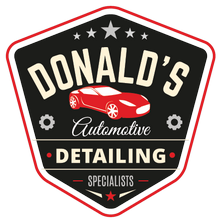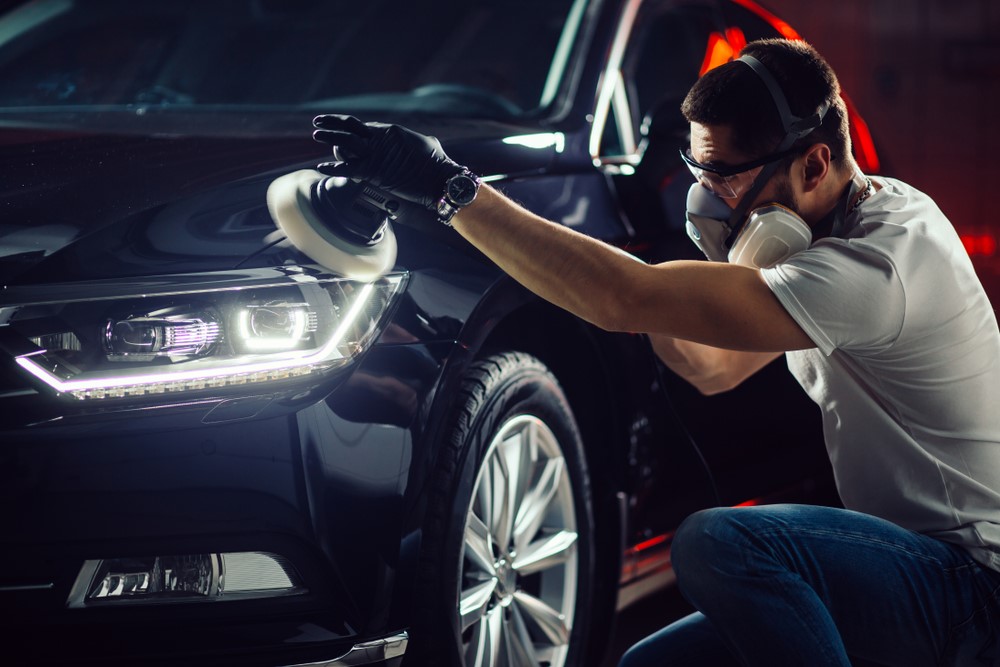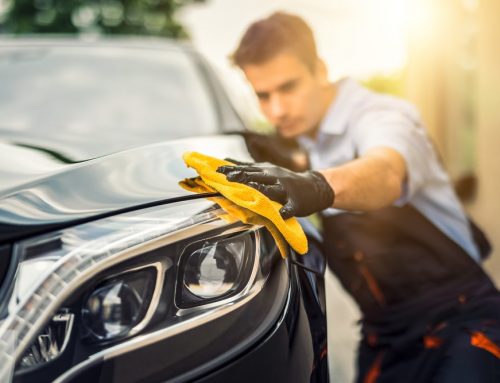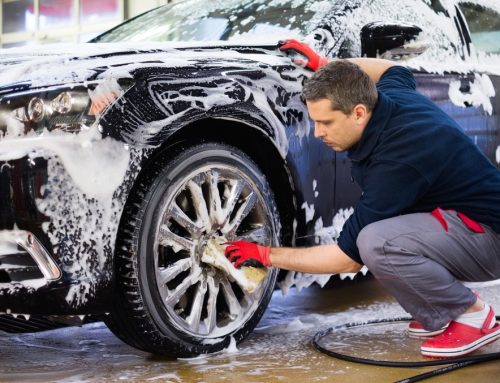When it comes to auto detailing, everyone has heard of polishing. However, another type of polishing is compounding. Many people confuse them for the same thing when they really aren’t. They both help improve the look of your car, but in different ways. This blog will go over the differences between compounding and polishing.
What is Polishing?
Polishing is used for adding shine and smoothness to the car’s paint. The polishing compounds are mildly abrasive and are generally used for smoothing the paint. The polishing compounds provide a shining and smoothing effect on the car. It also removes light scratches from the paint. However, polishing will not remove any deep paint scratches or defects. However, it will surely remove the dullness from the paint. Polishing compounds are great for instant results, but cannot protect the paint for a long time.

What is Compounding?
Compounding is primarily used to level the uneven surfaces on the car’s paint. It is also known as a ‘leveling compound’ as it levels the uneven surface caused by scratches. Rubbing compounds are similar to polishing compounds, except that they are stronger. Rubbing, or cutting compounds, are an abrasive paste which can be used to buff out deep scratches by ‘cutting back,’ the paint around the scratch in order to level it out. As the rubbing compounds are quite aggressive in nature, they can be found in various degree levels. The lower the number, the more abrasive the results. For example, if you need super high abrasive fast results, you would choose level 1000, unlike level 3000 that primarily serves as a gloss compound.
Pros of Polishing Compounds
- Provides a more natural appearance to the car’s paint
- One-step process, doesn’t require the use of multiple staging compounds
- Delivers the needed shine and gloss to the paint
- Provides durable finishing
- Does not require stripping
- Can be applied using a low-speed machine
- Not a daily affair, used periodically
Cons of Polishing Compounds
- Will not remove heavy scratches or contamination
- Requires additional cleaning labor
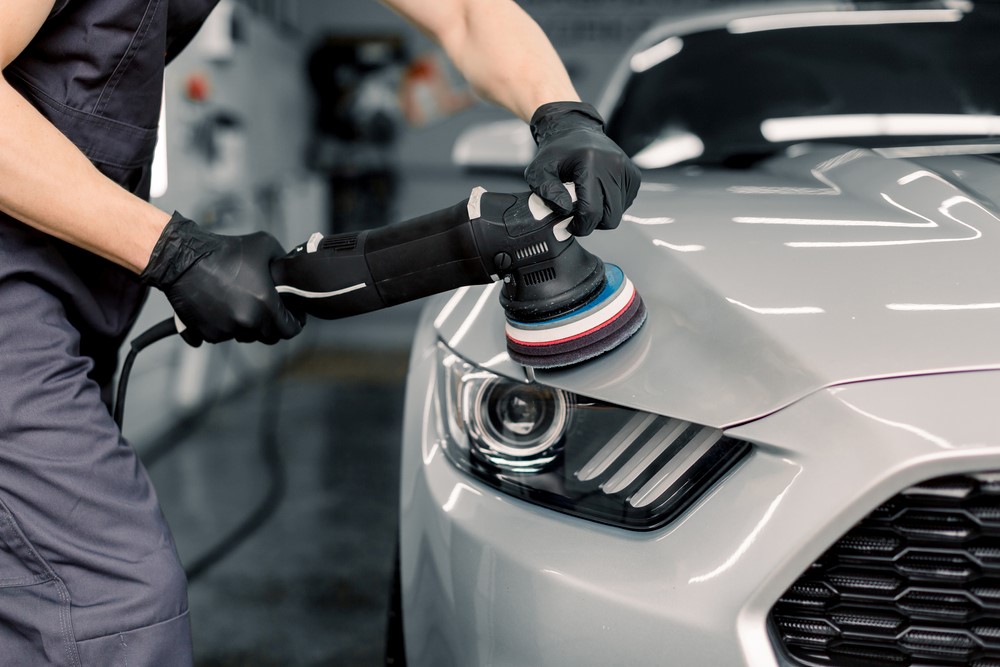
Pros of Rubbing Compounds
- Easy to use
- Quickly fixes the unevenness from the scratches/contamination
- Requires minimal cleaning work
- Restores old paintwork
- Vanishes or conceals the car’s scratches
- It is an abrasive material and thus can be found in variant grit levels
- Adds life to the old paintwork of the car
Cons of Rubbing Compounds
- Requires the use of the proper technique for better results
Both polishing and compounding are similar, but they each target a different end-result. Polishing focuses on the end result of a shiny, smooth car surface while compounding focuses on correcting car issues such as scratches and uneven surfaces. So next time you’re choosing between polishing or compounding, take into consideration your car’s needs and your wants. At Donald’s Automotive Detailing Specialists, we know how incredibly busy life can be. That is why we go to you for all of your car detailing needs. Call us today at (760) 315-2287 or visit our website here.
